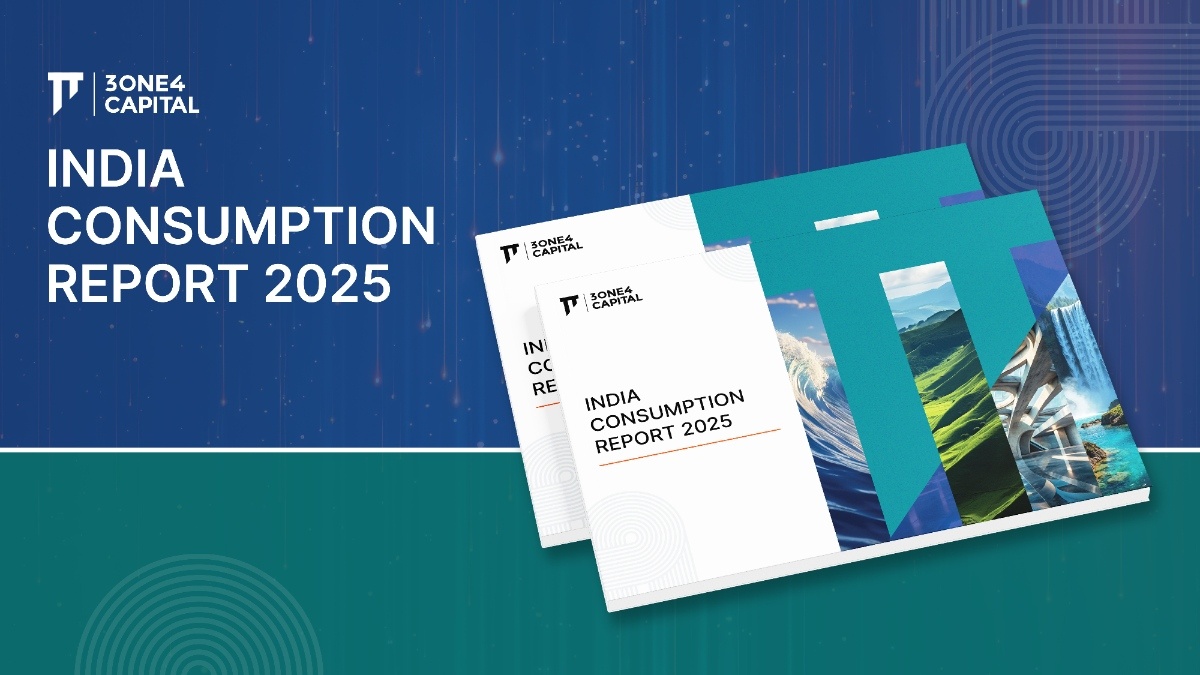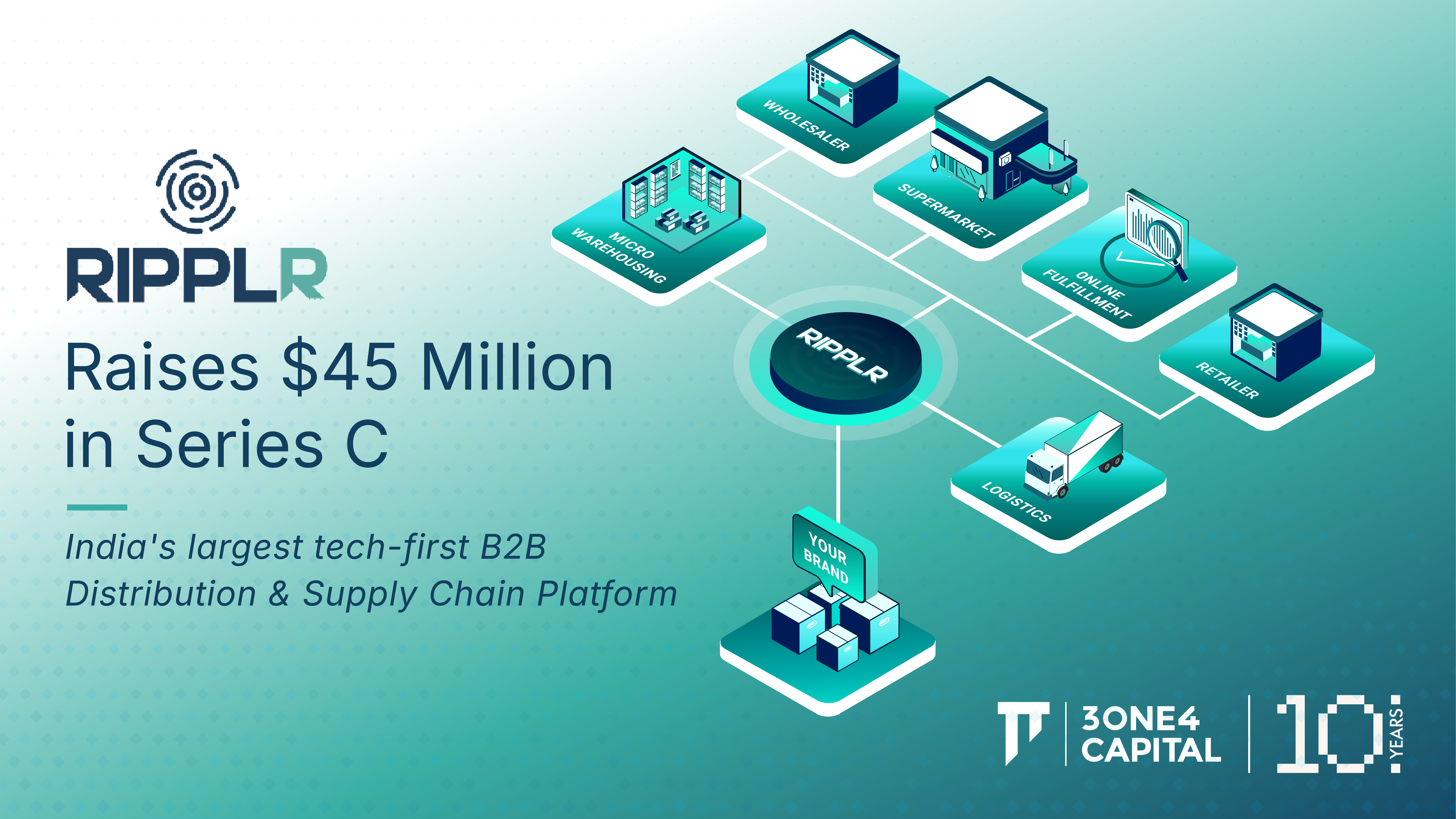.gif)
Budget 2023: An opportunity to make the Indian tax regime globally competitive
Budget 2023 will likely mark the last full budget before the Lok Sabha elections in May 2024. It will mark the tenth budget of the NDA government and will be a turning point in India's economic history. India is a rising star in the economic firmament of the world with a reasonably high growth rate, particularly among the large economies. The nation is today the fifth largest economy and third in purchasing power parity.
The economy has recovered strongly from the effects of the Covid-19 pandemic. Advance estimates of the FY23 nominal GDP stood at Rs 273 lakh crore. The economy could grow by 6-7 percent in real terms and 11-12 percent in nominal terms in FY24 - translating to around Rs 32 lakh crore in added GDP, a significant amount.
Budget 2023 has to demonstrate the resolve of the NDA government to reduce the fiscal deficit as promised to around 6 percent from 6.4 percent. Tax revenues are doing exceptionally well and may exceed the Rs 28 lakh crore budget estimate (BE) to reach an estimated Rs 32-33 lakh crore in FY23. Tax buoyancy occurred in FY22 as well when revenues exceeded BE by Rs 5 lakh crore. Continued tax buoyancy in FY24 could increase revenues to Rs 37-38 lakh crore.
In the current spending trends, subsidies continue to be a significant component and are expected to total Rs 6 lakh crore. Food and fertiliser subsidies remain major components, at an expected Rs 3 lakh crore and Rs 2.5 lakh crore, respectively. Data suggests subsidies will significantly exceed the BE this year. However, recent reductions in fertiliser and gas prices globally and the new policy on food subsidies could reduce total subsidies by Rs 2 lakh crore in FY24.
Capital expenditure (capex) of Rs 7.5 lakh crore is expected to be reached at the end of FY. A targeted capex of Rs 10 lakh crore in FY24 will build on the momentum for further growth in the country. Consistent capex growth will improve the country's productive capacity and provide large-scale employment.
Simplify The Income Taxes Regime
The government must seize the opportunity to resolve long-standing taxation issues in Budget 2023. Personal income tax (IT) rates have remained almost the same despite high inflation for a continued period. The taxpaying middle class is rightly expecting an expansion of the tax slabs. The current structure is rife with exemptions and deductions for housing, savings, interest, etc., aimed at individuals aged 25-55 who are building houses and saving for the future. This structure is of little use for people aged above 55 and retirees.
Two years ago, the government made a lukewarm attempt at simplifying the tax structures and doing away with exemptions. Only a few taxpayers found it helpful. Now, expectations are high that the government will streamline the tax slabs with something like - no tax on income up to Rs 5 lakh; 10 percent tax for the Rs 5-10 lakh bracket; 20 percent for Rs 10-20 lakh; 30 percent for above Rs 20 lakh; and a nominal surcharge of 12 percent above that. Surcharges which take the tax rate to 43 percent must be done away with, as excessive taxation has led to an exodus of high networth individuals (HNIs) toward more favourable tax regimes like Singapore, Dubai and the US. While the budget speech stated that the surcharge would be applicable only over the threshold amount, the ensuing law made it applicable over the entire income, not just above the threshold. Budget 2023 is an opportunity to set this right.
The rearrangement will simplify the tax structure and do away with all exemptions except 80G for donations and 80D for health insurance. This can be an alternative for people who wish to simplify their tax filings. The government can evaluate the new structure's utility by comparing its adoption rate with the existing structure's retention rate.
As far as corporate tax is concerned, the tax rate of 25 percent (with 15 percent for new manufacturing companies) has proved a boon for the industry and has made the Indian industry globally competitive. It has enabled increased internal accruals, reduced liabilities, and a renewed ability to invest in capex. The corporate tax reduction has transformed India over the last two years and increased gross collections. The government must undertake similar moves to continue improving India's Ease of Doing Business (EoDB). For example, abolishing the buyback tax and taxing capital gains in a fair manner will increase the competitiveness of companies in the public markets and encourage more promoters to remain in India and list their companies here.
Capital gains taxes on various assets have to be simplified since it has created a lot of confusion and a fair amount of litigation. For this, it must be ensured that capital gains taxed on comparable assets is the same, as is done globally; for example, listed and unlisted securities must be considered on par, as must tangible assets like gold, land, and buildings. This move will enhance tax compliance.
Reduce Tax Litigations
FY24 must be treated as a tax litigation settlement year, as tax litigation has become a significant problem. The Supreme Court has constituted two benches to hear tax cases, a welcome development. The income tax department must take full advantage of this and ensure tax litigation and disputes are reduced to the maximum extent over the FY. Monetary limits for appeals must be increased, so tax litigations come down.
Technology platforms have vastly improved the efficiency of tax filing and refund processes, much to the delight of most taxpayers. Most assessees now receive refunds within 30 days of filing, which is remarkable. Extra tax collections have ensured prompt refunds, and refunds are not held up unnecessarily due to the need to meet tax targets.
Another serious issue is the trend of tax officials making high tax assessments which are then reduced or overturned in tribunals or courts. This results from a long-standing system of assigning annual tax collection targets, resulting in a waste of taxpayer money and time, as well as the courts' time, and impairs India's EoDB. Though the extent of tax terrorism has reduced, it remains a significant issue. Officials consistently making high assessments that are later reduced or overturned in court must be identified and held accountable. Budget documents show Rs 12 lakh crore worth of tax disputes are pending, compared to Rs 4.5 lakh crore in 2014. Every effort must be made to deal with this speedily and tackle the fundamental causes of this problem. Tackling tax terrorism is one of the NDA government's few unresolved significant promises.
Where expenditures are concerned, Budget 2023 allocations must ensure all social schemes of the government (housing, gas stove, irrigation, piped water supply, etc.) reach every citizen that requires them. All promises regarding amenities and quality-of-life improvements must be completed by March 2024.
Regarding infrastructure, the focus must be on completing existing projects of roads, airports, ports, railways, etc., instead of taking up new projects. There are many projects under execution which may need additional funding and must be prioritised. FY24 can be treated as a year of focused project completion so that citizens can enjoy the benefits of these new projects by February 2024.
Overall, the NDA government deserves praise for great fiscal management led by FM Sitharaman. The FM showed outstanding leadership during the COVID-19 era when the economy was stressed by coming out with clear relief packages, resisting the temptation to spend unnecessarily in reaction, and being prudent in prioritizing investments, thus standing out as a leader who helped keep general confidence high in the economy. Budget 2023 should be the triumphant note in the orchestra played by the NDA government over a successful ten-year governance regime.
Originally published in Money Control


.webp)












